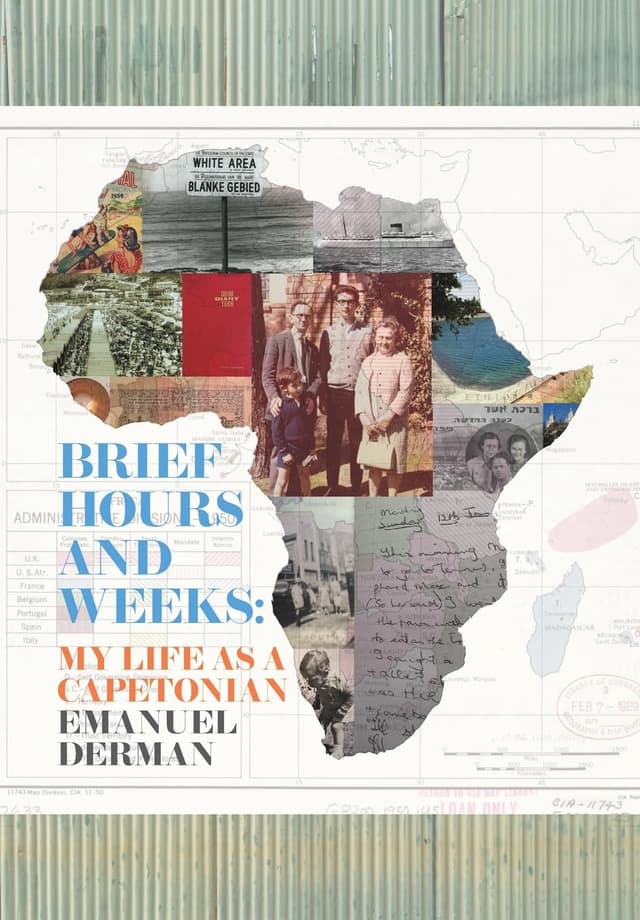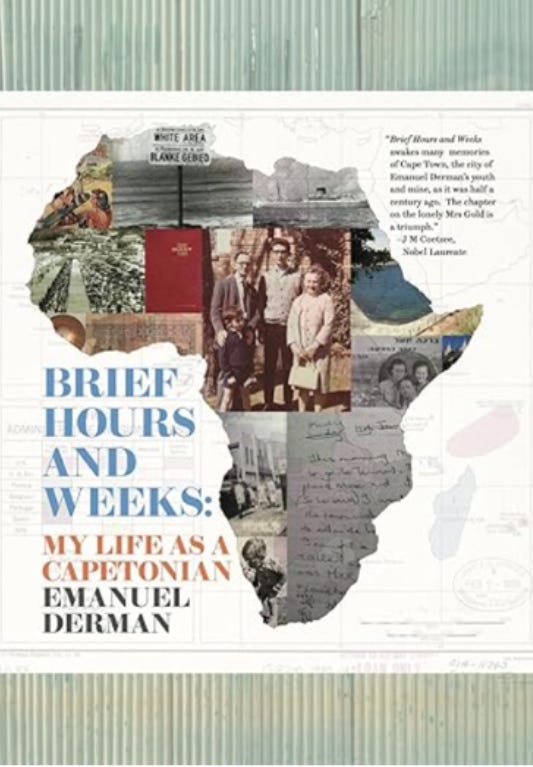Teddy Brown | February 25, 2025
The Gender Diglossia Edition
On endangered, sign, and status-revealing languages.
Recommended Products

An excellent memoir by Emanuel Derman reflecting on his life in physics and financial markets.

A memoir by Emanuel Derman reflecting on his youth, available for pre-order in hardcover and Kindle editions.
Teddy “T.M.” Brown is a Brooklyn-based writer with work in the New Yorker, the Atlantic, the New York Times Magazine, and Rolling Stone. He writes Is It Supposed to Look Like That?, a Substack newsletter on art and culture.
Teddy here. I grew up moving every couple of years, and landed in Bangkok with my family when I was about 8 years old. I learned effectively none of the language—such is the curse of international schools and gated communities of expats—but the bouncy cadence of ‘hello’ (‘sawatdee khrap’ สวัสดี ครับ) and ‘thank you’ (‘khàawp khun khrap’ ขอบคุณครับ) got buried somewhere lovely and deep in my brain. You’ll notice that both of those phrases end with the same suffix modifier—‘krahp’ (รับ)—which is both a way of being polite and, central to this post, signaling my gender.
Why is this interesting?
If you’ve ever taken a Spanish or German class, you know that nouns in those languages have assigned gender classes denoted by their assigned grammatical determiners, adjectives, or pronouns. To illustrate that, let’s do a little Spanish 101. Consider the simple sentence “la manzana esta rica” (the apple is tasty). ‘La’ and ‘rica’ both signal that the noun in question (‘manzana’) is feminine. No, there will not be a quiz later.
Some gender-based language systems have two—Arabic, French, Pashto—or three classes, like German which includes the ‘neuter.’ (Notably, Romanian is a romance language with three gender classes, but neuter nouns are often masculine when they’re singular and feminine when they’re plural, giving the language a sort of expansive syntactical androgyny.) Apparently, there are some languages that can have up to 20 gender classes, and ones like Cree and Nahuatl that differentiate between the animate and inanimate instead of gender.
Rarer, however, are ‘gender diglossic’ languages, which change depending on the speaker rather than the words. The Garifuna people in Central America have separate vocabularies for men and women, with most of the words used by males coming from Carib and the words from women coming from Arawak. (Even if that diglossia has reportedly dwindled in recent years.) The Yanyuwa language, native to northern Australia, has distinct dialects for men and women as well, though it’s critically endangered, with fewer than 100 indigenous speakers left. (Cont.)
Friend of WITI and contributor Emanuel Derman wrote the excellent memoir, My Life as a Quant. Now, he winds back the clock from the world of physics and financial markets with a memoir of his youth in Brief Hours and Weeks: My Life as a Capetonian. The hardcover and Kindle editions are available for pre-order at Amazon, for delivery next week.
“Brief Hours and Weeks awakens many memories of Cape Town, the city of our youth, a half century ago. The chapter on the lonely Mrs Gold is a Triumph.” — JM Coetzee, Nobel Laureate
“What a delight. It succeeds in writerly craft, narrative, evocation of people, and not least in authorial courage and candor.” — James Grant, author of ‘Bagehot: The Life and Times of the Greatest Victorian’
One of the most interesting cases of this sort of gendered language divide is in Irish sign language. Because the two main schools for the deaf—St. Mary’s School for Deaf Girls and St. Joseph’s School for Deaf Boys—were single-sex until the middle of the 20th century, each student body developed their own sign language vocabulary. The separate development was apparently so significant that the deaf girls and deaf boys of Dublin couldn’t communicate certain terms or ideas to one another.
Some languages like Japanese have a softer, socially-derived diglossia that acts as a way of entrenching traditional gender roles in language. “Women’s language” (女性語, "joseigo") and "men's language" (男性語, “danseigo”) are less rules than expectations, where there are certain words or phrases that are more readily associated with a certain gender. My mother’s family emigrated from Japan in the 1950s, and we learned that Japanese can be extremely sensitive when it comes to levels of formality and propriety; my brother once used a colloquial tense with an older woman and she refused to speak to him in the language again. The difference between gendered vocabularies, then, is a way of ensconcing the entire language in conservative etiquette, sort of like if you didn’t know which one the salad fork was, punished by your entire dinner being taken away.
Thai is an interesting language in that it doesn’t have gendered cases, nor is it truly gender diglossic. It exists, like most languages, at the wobbly intersection of all the tongues that came before it. Thai itself is part of the Kra-Dai language family, which itself came from an amalgam of languages spoken in what is now southern China. It’s dialects all the way down, borrowing traditions, contexts, and ways of conveying ideas as they go. (TMB)
